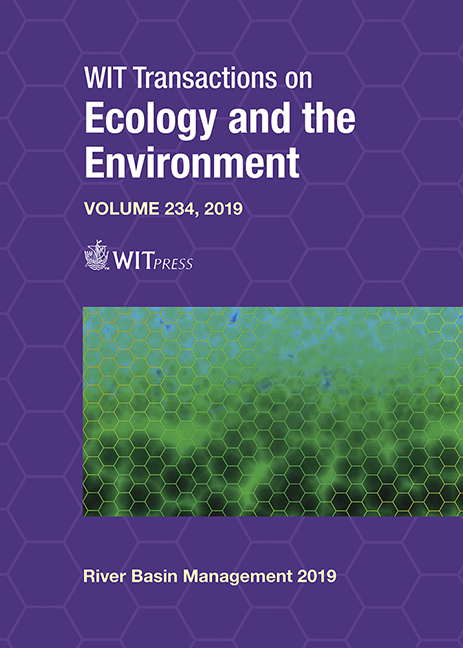FLUVIAL RESPONSES FOLLOWING VOLCANIC ERUPTIONS: THE BLANCO-ESTE RIVER, SOUTHERN CHILE
Price
Free (open access)
Transaction
Volume
234
Pages
9
Page Range
21 - 29
Published
2019
Paper DOI
10.2495/RBM190031
Copyright
WIT Press
Author(s)
ANDRÉS IROUMÉ, VALERIA ZINGARETTI, DAMIÀ VERICAT, JOHNATHAN TENNY, MANEL LLENA, RAMON J. BATALLA
Abstract
We examine the fluvial response of the River Blanco-Este (Chile) following the 1961 and 2015 eruptions of the Calbuco volcano. The river drains the north-eastern flanks of the Calbuco and was heavily affected by ash fall, pyroclastic flows and post-eruption channel reworking. The long-term morphological evolution of the river is analyzed along a 6.5 km-long segment using a sequence of remote aerial images. Since 2017, short-term fluvial responses are studied in two reaches representing the upstream and downstream parts of this segment, using multi-temporal high resolution topography and orthophotomaps obtained combining dGPS surveys and digital photogrammetry applied to photos acquired from drones, to monitor topographic changes in the channel topography and the area of exposed movable sediments, grain size and large wood deposits. Due to the lack of flow data we use photos from time-lapse cameras as a proxy to qualitatively characterize river flow. The active channel observed after the 1961 and 2015 eruptions has a similar pattern. According to the evolution of the channel morphology after the 1961 eruption, we hypothesize that the river reached a quasi-equilibrium condition in 2014, a situation severely modified by the 2015 eruption. Long-term (decadal) evolution of the river reflects the adjustment between sediment budget and channel morphology that progressively shifts from a braided pattern to a stable single-threat channel that illustrates the equilibrium between the water and sediments load, the grain-size and the gradient. The 2015 eruption increased sediment supply and modified channel morphology, a new braided configuration is observed. The annual to flood-based responses reflect the complexity of the geomorphic dynamics of the river: channel incision, development of single channel patterns and head cut erosion in the upper study reach, and continuous erosive-depositional changes of several meters thick, with evident incessant lateral migration and severe bank erosion in the downstream river reach.
Keywords
River Blanco-Este, channel morphologic evolution, volcanic eruptions, Chile





